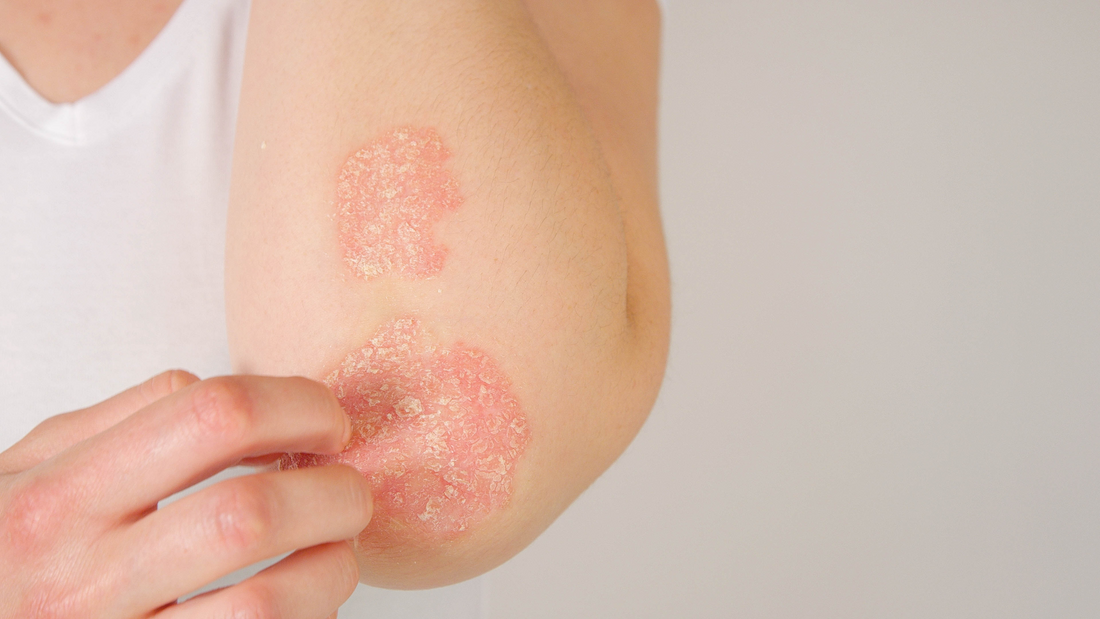Red dry patches on the skin can be an annoying and even painful condition. They can cause itching, pain, and flakiness, affecting your confidence.
Imagine waking up in the morning and seeing your skin red, dry, and flaky. It itches like crazy, and you can't even put on clothes without feeling pain. You feel insecure about going out in public.
This is just one of the many ways red dry patches on the skin can impact your life. In this article, we will discuss the causes, symptoms, and treatment options for this condition.
Causes of Red Dry Patches on the Skin
The most common causes of red dry patches on the skin include:
- Skin conditions: Eczema, psoriasis, and dermatitis are all skin conditions that can lead to red dry patches.
- Allergic reactions: Allergies to substances like food, pollen, or pets can also cause red dry patches on the skin.
- Environmental factors: Cold, windy, or dry air can dry out the skin and lead to red dry patches.
Symptoms and Diagnosis
The symptoms of red dry patches on the skin can vary depending on the underlying cause. Common symptoms include:
- Redness
- Dry skin
- Itching
- Pain
- Flakiness
If you notice red dry patches on your skin, it's important to consult a doctor or dermatologist to determine the cause. The doctor can diagnose based on a physical examination and a questionnaire.

Treatment Options for Red Dry Patches on the Skin
The treatment of red dry patches on the skin depends on the underlying cause. In some cases, no treatment is needed, and the patches disappear on their own. In other cases, medications, creams, or other treatments may be necessary.
Treatment Options for Skin Conditions
Skin conditions are complex and challenging to identify, so always consult a dermatologist. Treatment options may include:
- Topical creams and ointments: These can help hydrate and soften the skin, containing ingredients that reduce inflammation and itching.
- Oral medication: Medications like corticosteroids, cyclosporine, and methotrexate can be used to reduce inflammation and itching.
- Light therapy: Light therapy, including ultraviolet (UV) light therapy and narrowband UVB light therapy, can be used to treat skin conditions like psoriasis.
Treatment Options for Allergic Reactions
Avoidance of allergens: The best way to treat an allergic reaction is to avoid allergens. If you know what you're allergic to, removing these substances from your environment can help.
Medications: Antihistamines can help reduce itching and other symptoms of an allergic reaction.
Treatment Options for Environmental Factors
- Skincare: Take care of your skin to prevent dehydration. Use a mild, moisturizing cream or lotion multiple times a day.
- Lifestyle adjustments: Avoiding exposure to cold, windy, or dry air can also help prevent red dry patches. If you live in a cold or dry climate, consider using a humidifier.
P.S. Our natural skincare products are made to battle sensitive dry skin through powerful natural ingredients like Tumeric, Green Tea, Centella Asiatica, Bakuchiol, and many more. Check out our shop.
Natural Skin Protection Against Dry Red Patches
There are several ways to prevent red dry patches on the skin. Here are some natural protective measures to keep the skin healthy and prevent dehydration.
Natural Products
Several natural products can help hydrate the skin and protect it from dehydration. These products often contain ingredients with antioxidants, which help protect the skin from external harmful influences.
Examples of natural products that can help with red dry patches
- Aloe vera, known for its healing properties, can reduce itching and irritation.
- Shea butter, a natural fat rich in vitamins A and E, helps protect the skin.
- Coconut oil, a vegetable oil with skincare properties, is a good moisturizer and can reduce itching.
- Olive oil, another vegetable oil, is hydrating and soothing, protecting the skin from external influences.

Healthy eating
What you eat also influences the health of your skin. A healthy diet rich in fruits, vegetables, and fiber can help keep the skin healthy and prevent dehydration.
Foods that can help with red dry patches
- Fruits and vegetables are a good source of vitamins, minerals, and antioxidants.
- Fiber helps maintain regular bowel movements, removing toxins from the body and promoting healthier-looking skin.
Antioxidants
Antioxidants neutralize harmful free radicals in the body, which can damage the skin, causing it to appear dry and red.
Foods rich in antioxidants
- Fruits and vegetables such as berries, oranges, broccoli, and spinach.
- Whole grains.
- Nuts and seeds.
Natural products, like a hydrating moisturizer & antioxidant-rich face oil, and a healthy diet can help protect the skin from dehydration and red dry patches. By following these tips, you can keep your skin healthy and reduce the likelihood of skin problems.
Conclusion
Red dry patches on the skin can be an annoying and even painful condition, causing itching, pain, and flakiness that can affect your confidence. The causes of these patches can be diverse, including skin conditions, allergic reactions, and environmental factors.
The treatment of red dry patches on the skin depends on the underlying cause. In some cases, no treatments are needed, and the patches disappear on their own, while in other cases, medications, creams, or other treatments may be necessary.
There are several natural protective measures that can help prevent red dry patches on the skin. Using natural products and maintaining a healthy diet can protect the skin from dehydration and reduce the chances of skin problems.
Other blog articles
If you liked this article, you might find these interesting:
- The future: Natural Dry Skin Remedies
- What to do against Dry Skin on your Face

